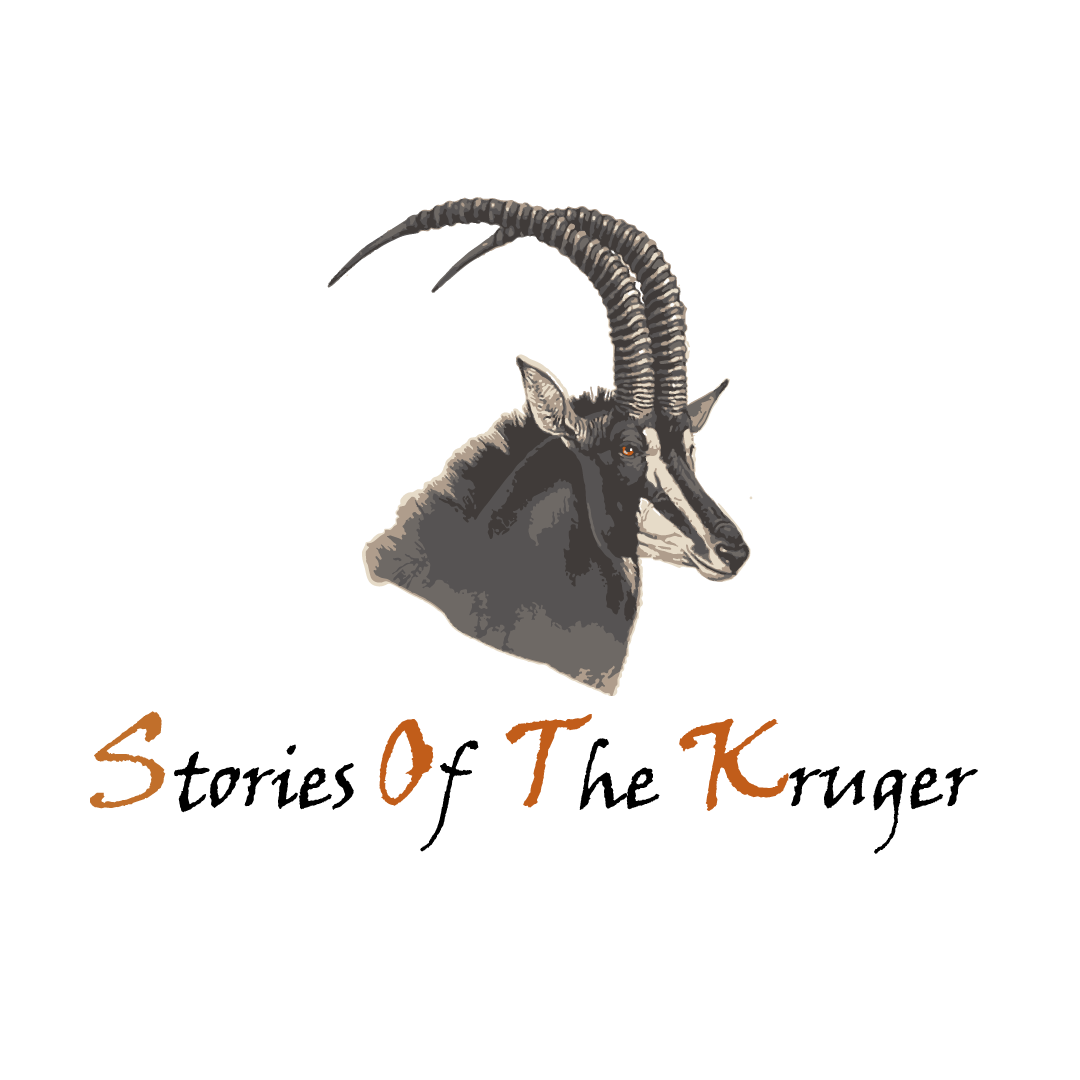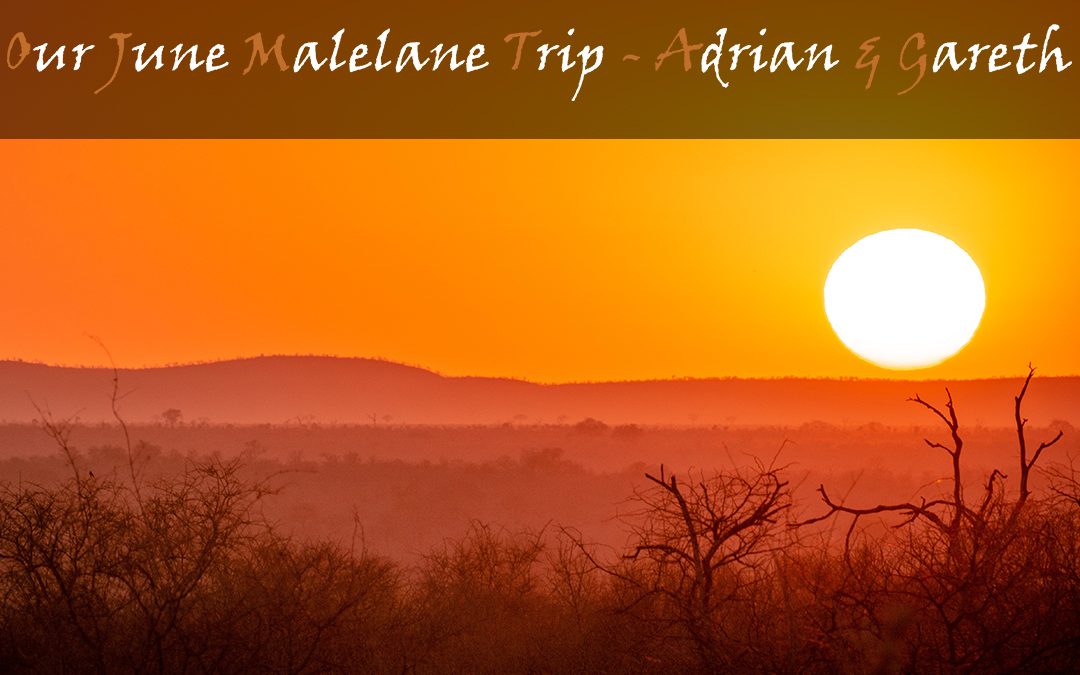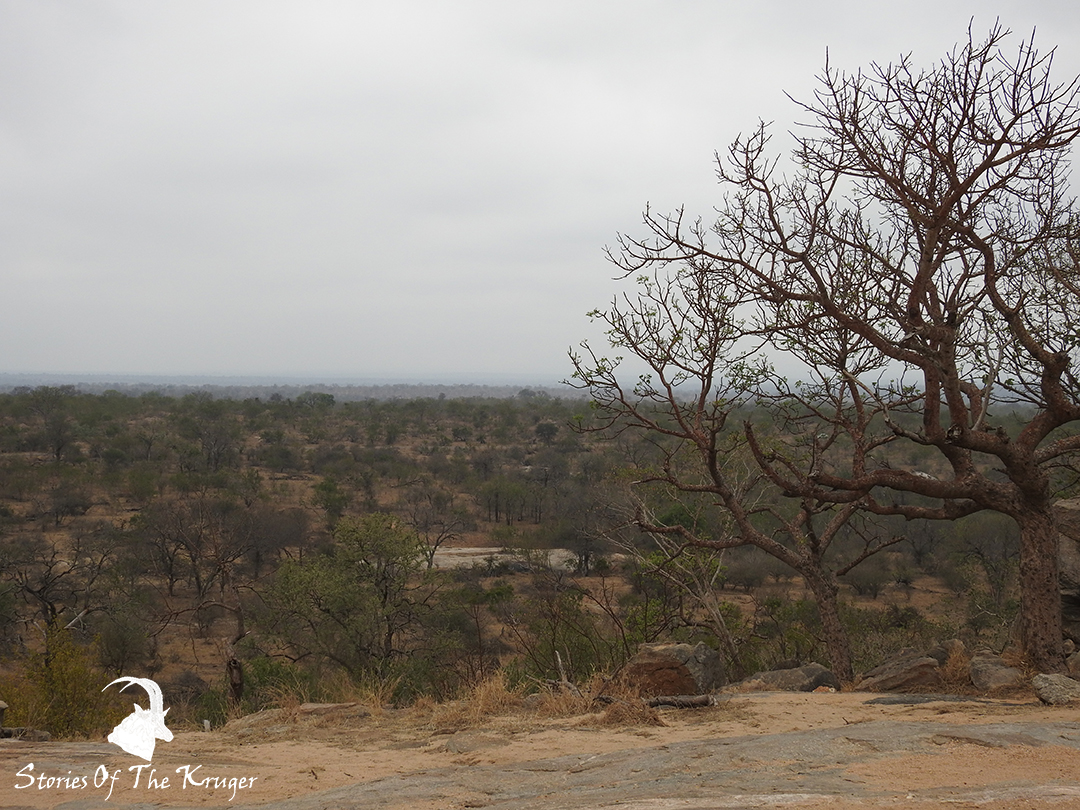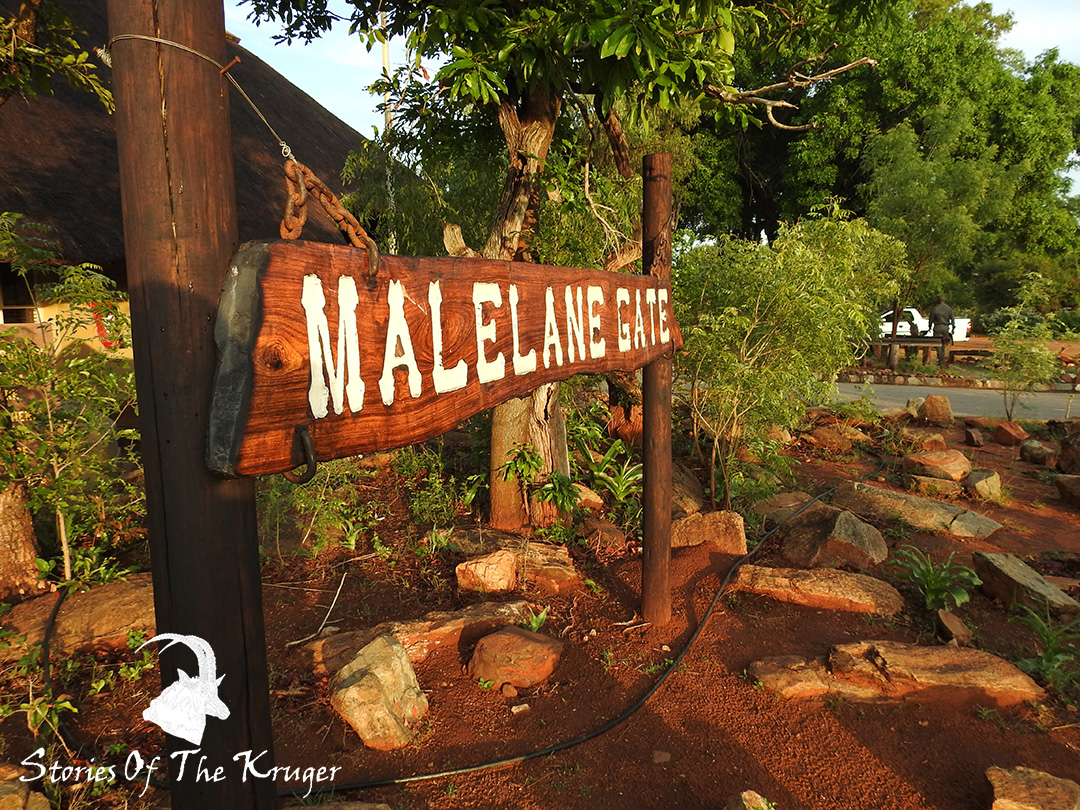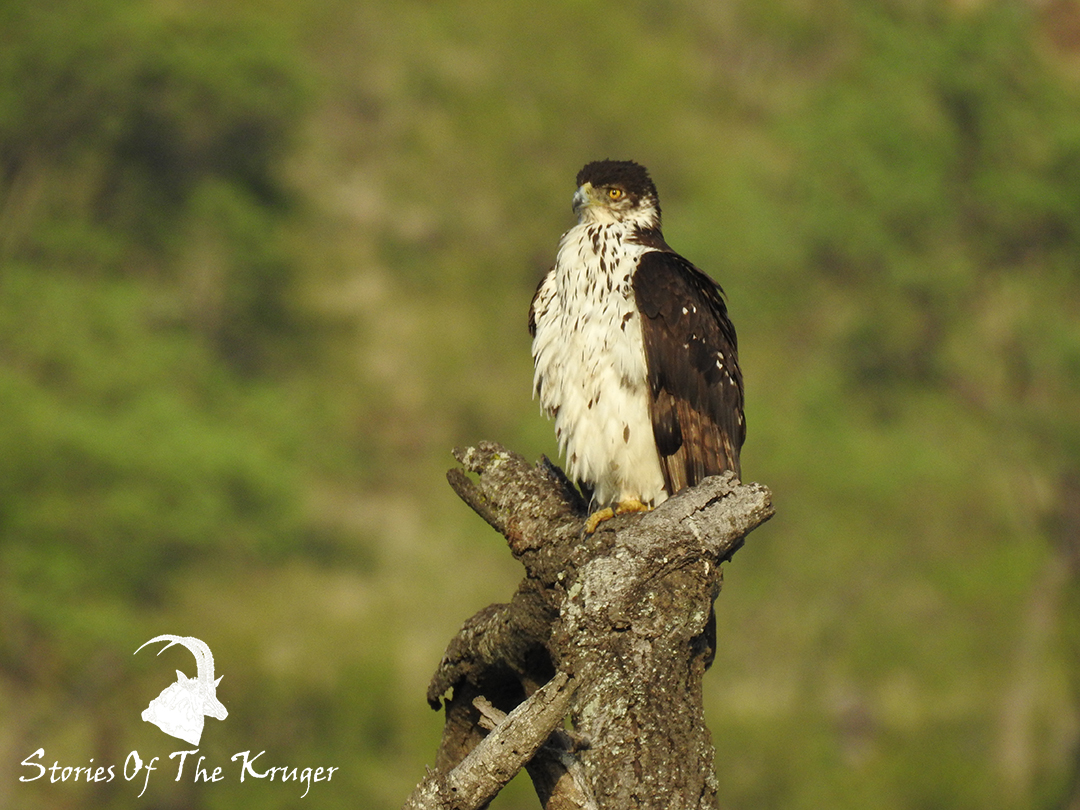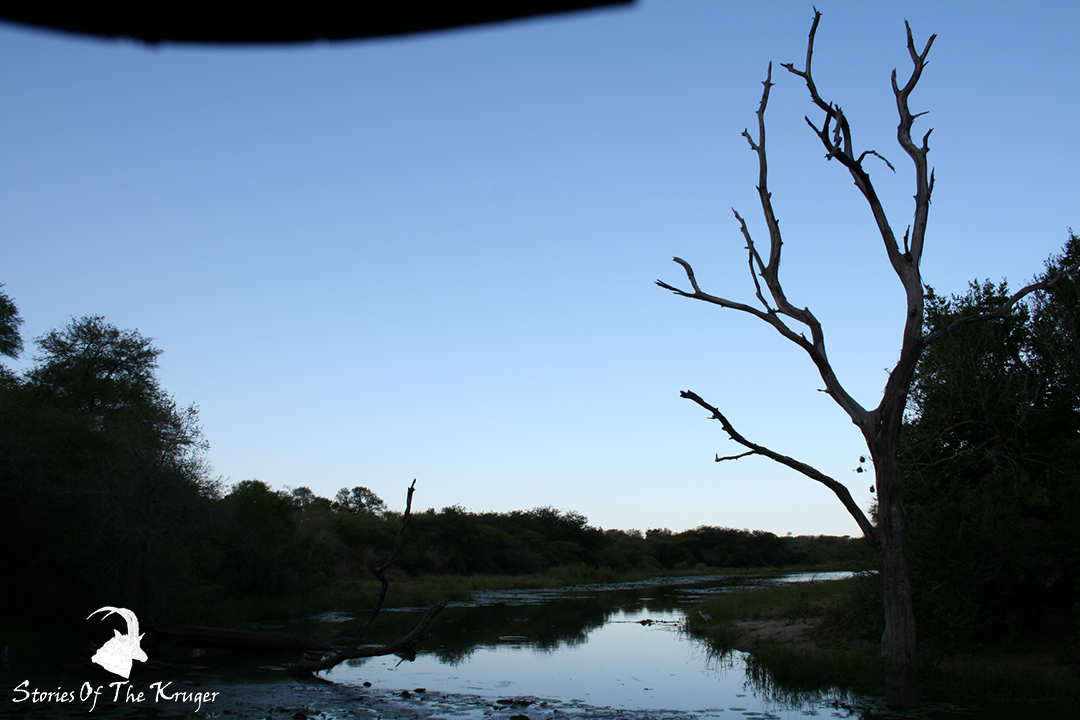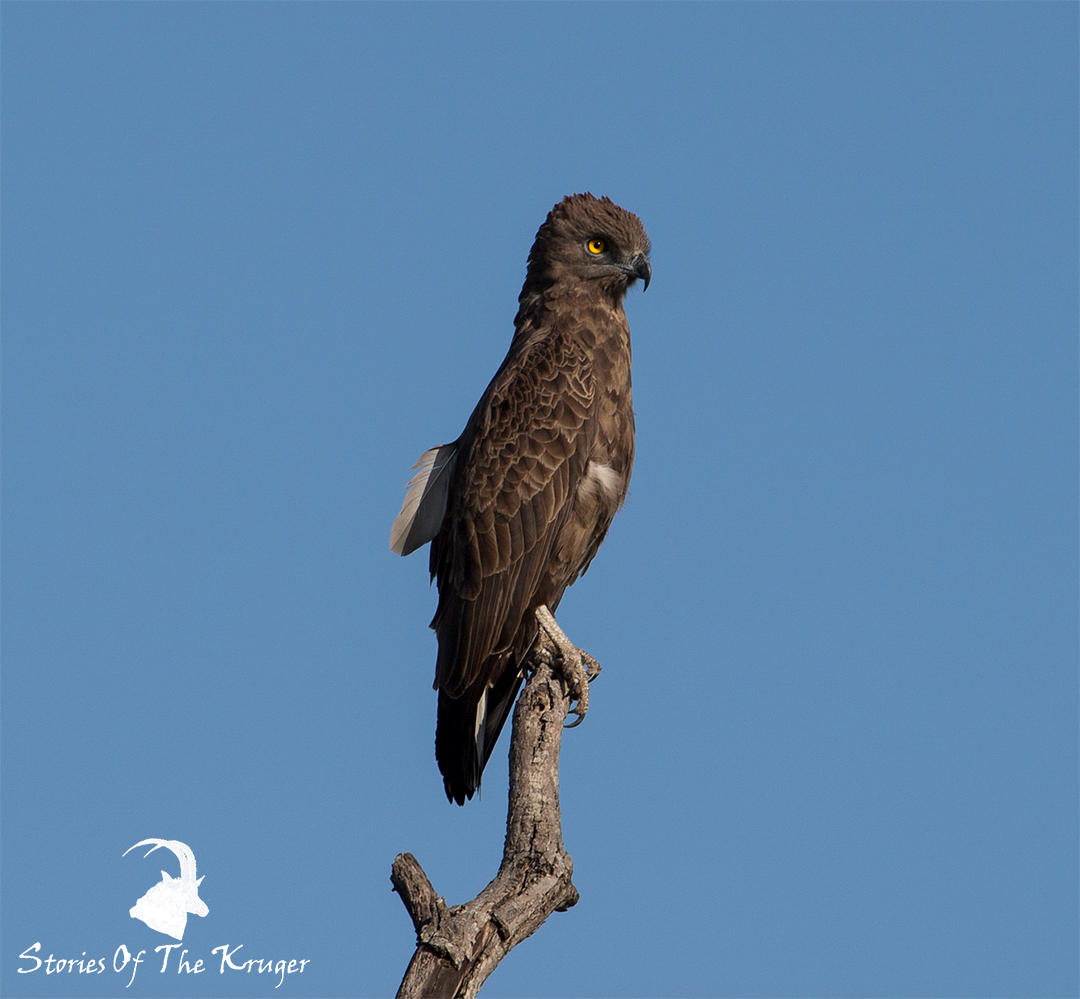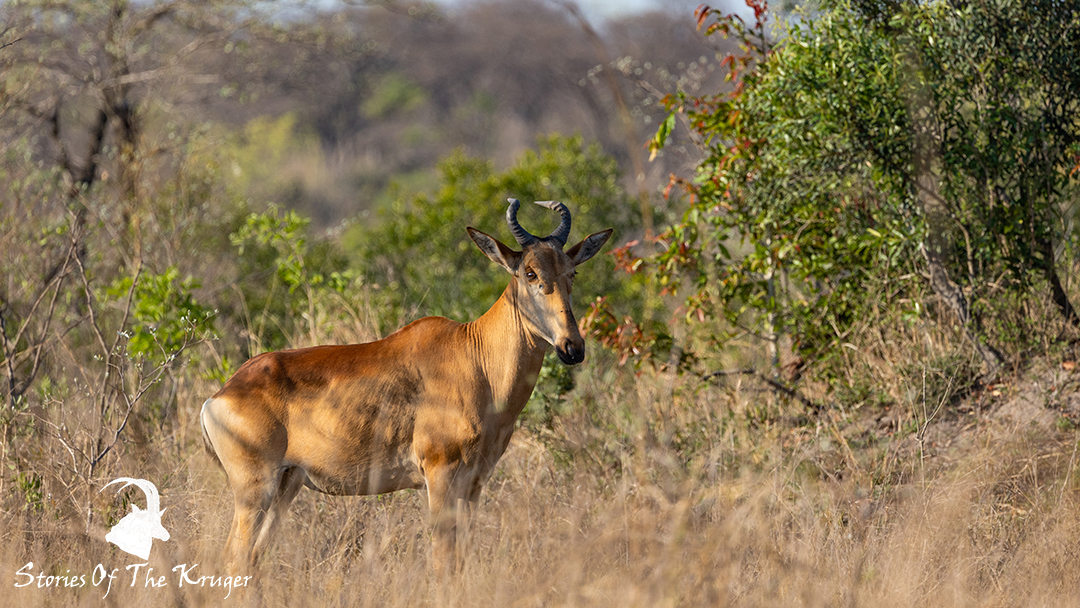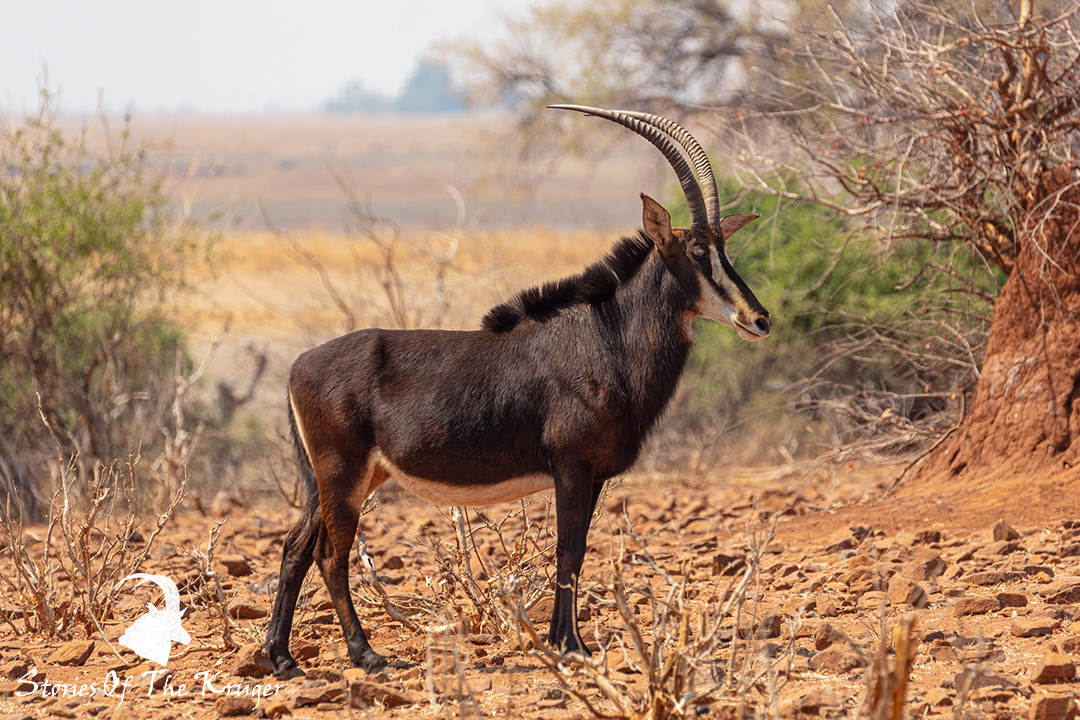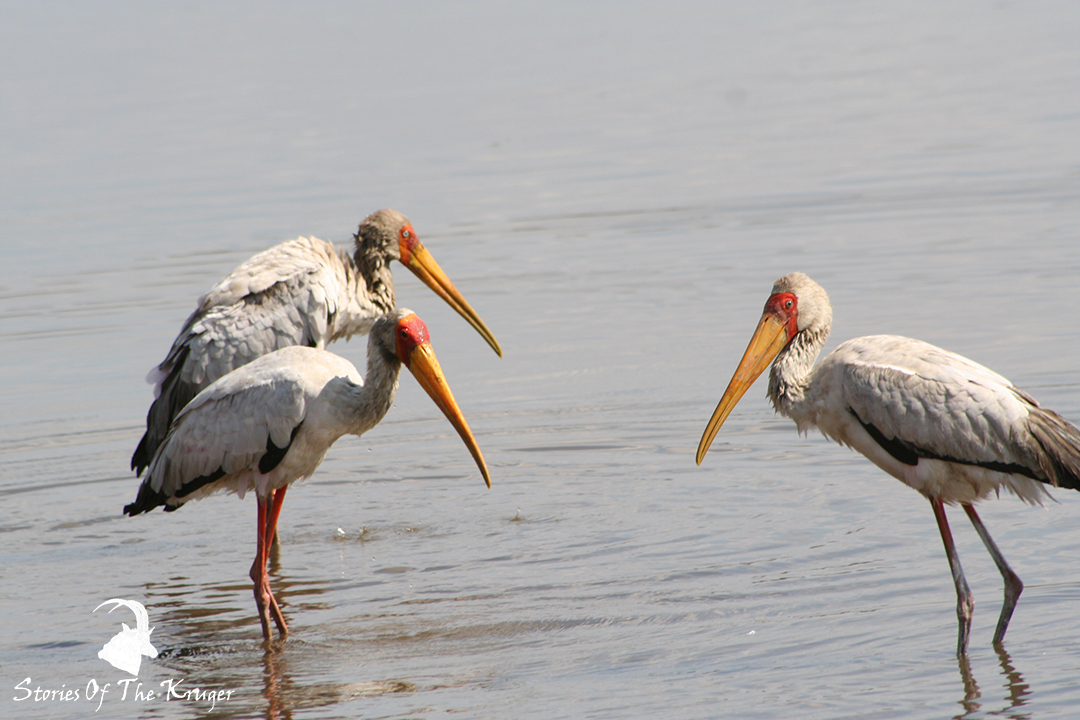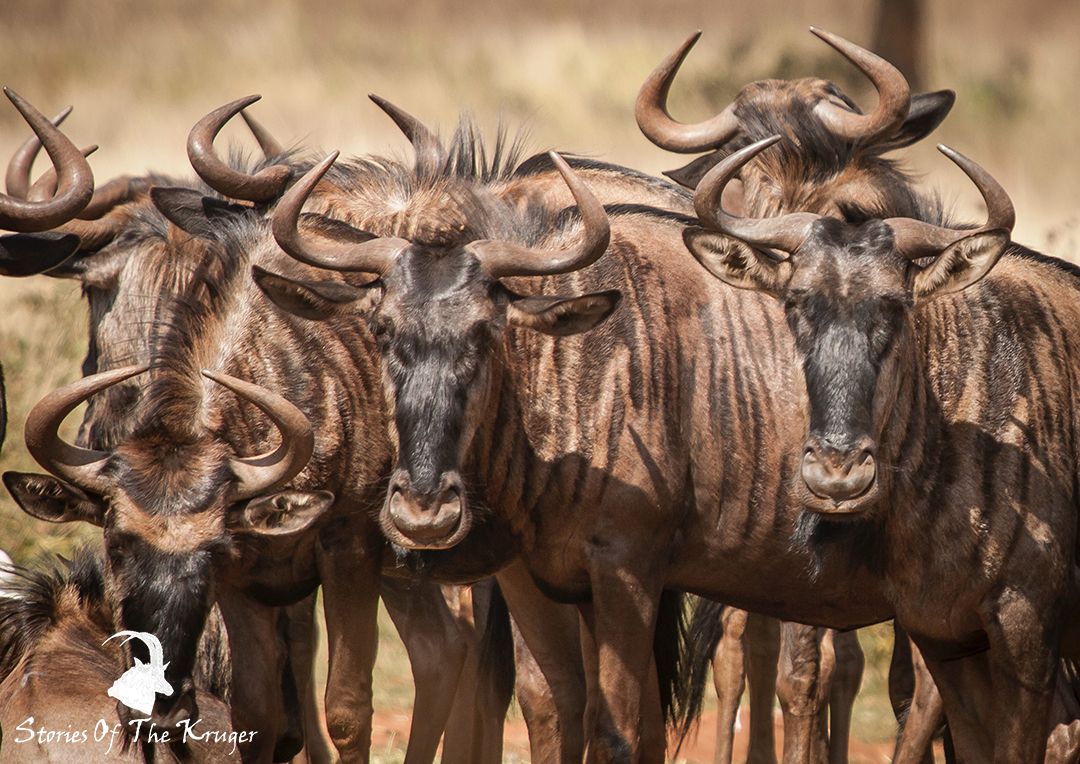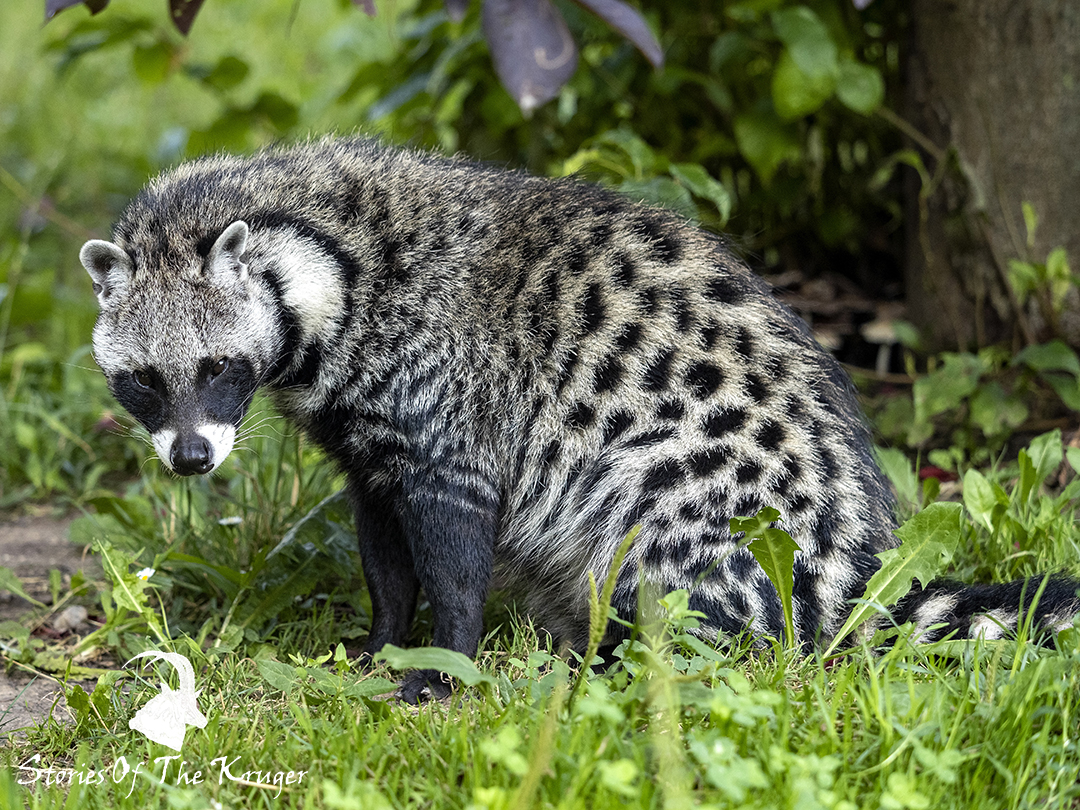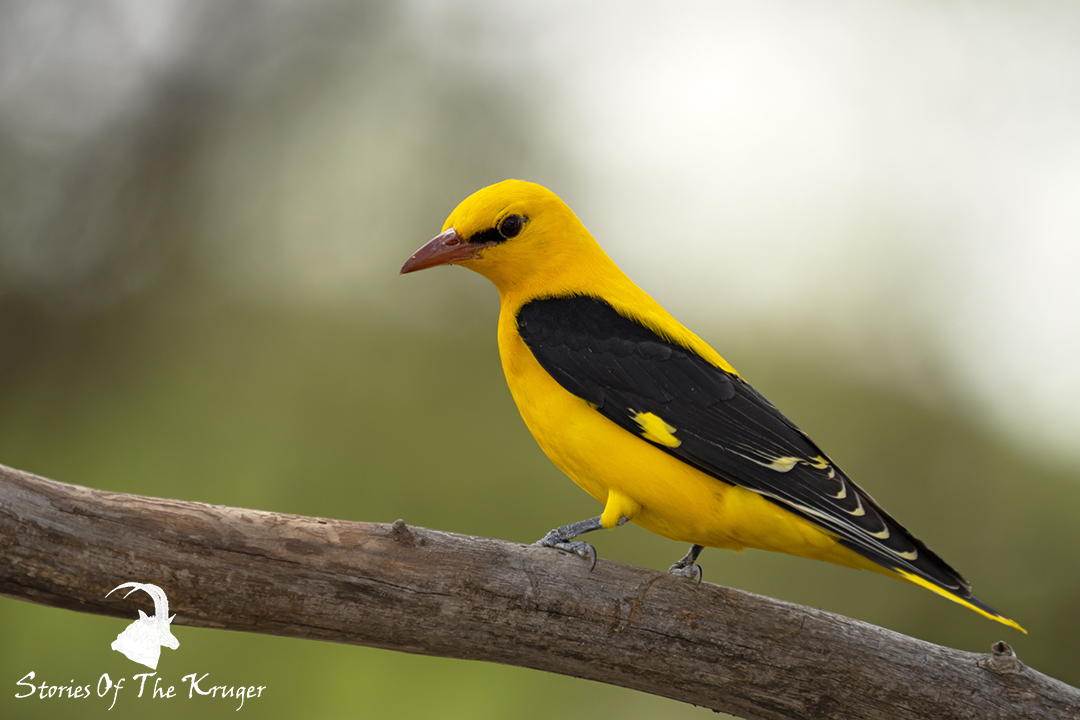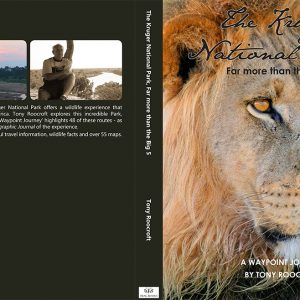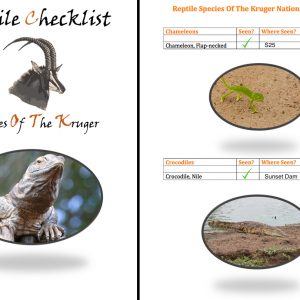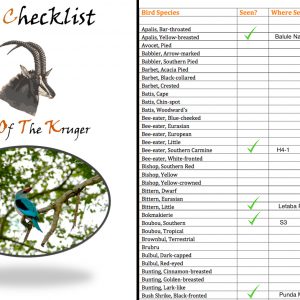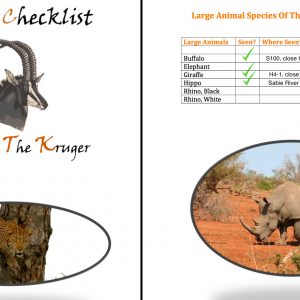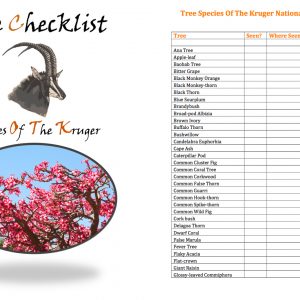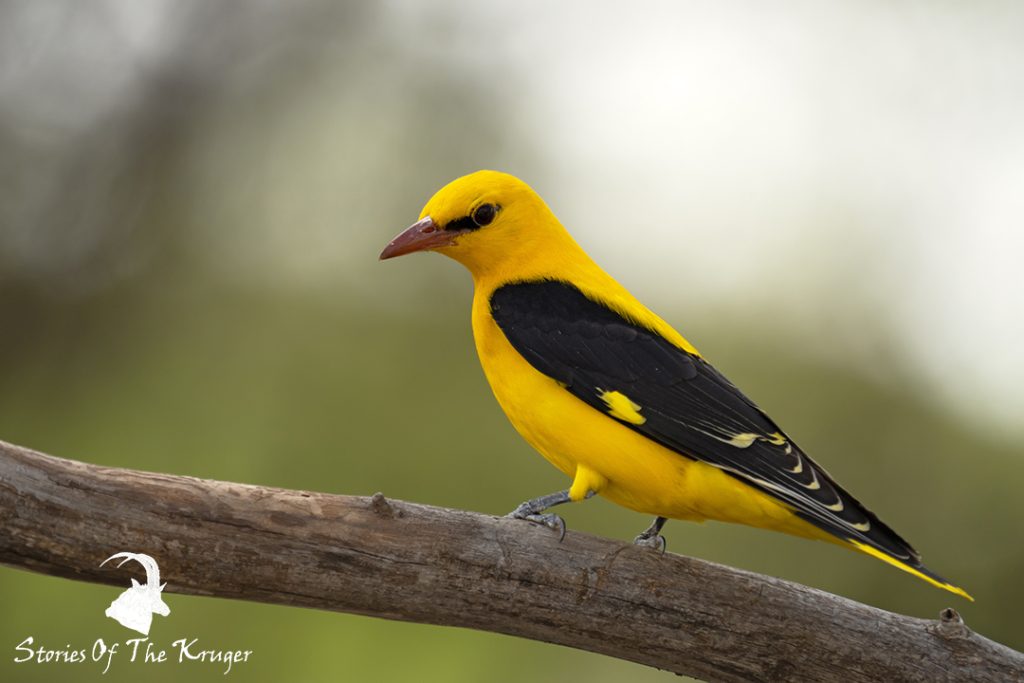Traveling The Southern Kruger National Park With My Best Friend
Where To Go In The Southern Kruger Park, Routes And Self Drives
The Southern Kruger National Park is full of opportunities and has a long history. It was first proclaimed the Sabie Game Reserve in 1898, to protect the wildlife, fauna and flora of the area south of the Sabie River. This later was the beginning stages of what we now know as the Kruger National Park. This article is basically our itinerary for our trip in June this year, in which Adrian and I will be embarking on a “splash and dash” 3 day journey to the southern Kruger.
We are staying at Malelane Satellite Camp a; rest camp close to the southern most entrance of the Kruger National Park. This will be our home base for two wonderful nights. We previously both stayed there in 2017. This time we will be in a chalet and not camping, so a bit more luxurious.
The southern Kruger National Park is well known for “The Big Five” and a variety of species such as, probably in order; Leopard, Lion, Wild Dog, Cheetah and many more. This will be discussed in detail later.
Where We Are Going In The Southern Kruger National Park
Adrian and I, read about us here, are going to be driving through the night to reach the Malelane Gate by opening time on a Monday morning. From here the opportunities are endless. No doubt we will be armed with coffee, energy drinks and “padkos” for the trip. Our excitement will be building as we are on the way to the most magical place in Southern Africa.
We will probably arrive about 30 minutes before gate opening times, as it is Winter, and they only open at 6am. This will give us the chance to hear some nocturnal sounds and enjoy the refreshing air the Kruger bushveld has to offer us. Then it is over the bridge, heading into reception, and starting our mission. I say mission because we are going to take photographs of everything and anything, and that includes videos as well. We want to share our Kruger experiences with you, and the best way to do that is through story telling and imagery.
The Start Of Our Southern Kruger National Park Trip
We will start on my favourite tar road in the Kruger – well a tie for my favourite tar road. This will be the H3, and we will travel all the way to Skukuza on this road. Afsaal is a must stop for a bathroom break, some coffee, and to see if there is any resident bird species or animals around to document.
The H3 is quite a long route, but is very rewarding (And in case you wanted to know the road that is tied with the H3 is the H7 in the Orpen region). Wee will be keeping our eyes peeled for mainly mammals on this road, we will get to the birds and insects.
The scenery is spectacular and this route has produced some great Lion, Wild Dog, Cheetah and Leopard sightings over the years. I always like to start my journey by driving this road. Elephants, Impala, Klipspringer and Kudu are all very prominent in this area.
Now to the birds for a brief moment. This is the best route, in my opinion, to see the African Harrier-hawk and African Hawk Eagle (And other Birds of prey) in the Kruger National Park, and along with these beautiful and magnificent raptors, there are also more common species such as Swainson’s Spurfowl, Natal Spurfowl, Crested Francolin, Laughing Dove, Cape Turtle Dove, Lilac-breasted Roller, Puffback, Paradise Flycatcher, Pin-tailed Whydah, Brown-headed Parrot, Senegal Lapwing, Spotted Thick-knee, Pygmy Goose, Knob-billed Duck, Saddle-billed Stork, Sabota Lark, African Pipit and I could really go on and on.
It will be winter, so certain insects and reptiles will be scarce. We might encounter Giant Land Snails and Armoured Ground Crickets… We never know. On this route there are also Plated Lizards (A few reptile species), Puffadder, Rock Monitor Lizard and Mozambique Spitting Cobra.
We will join the H1-1 as we make the short journey (Less than 10 kilometres) to Skukuza, where we will have some well deserved breakfast. We shall have a short stop at Dealoporte waterhole (Have a look at this amazing video of Elephant and Hyaena action on our YouTube channel), as this proves to be a good stop to see Wildebeest, Elephant, Impala and even Leopard!
After Skukuza, we will be looking in the shop for a bit of inspiration for our future books and map, the fun will continue properly… So much so that it needs it’s own heading!
One Of The Jewels Of Southern Kruger – Lake Panic Bird Hide
This is one of my favourite stops in the Kruger National Park… And for the Southern Kruger (Along with Sunset Dam), these are the top two destinations to stop and look. A short drive on the H11 towards the Kruger Gate (Paul Kruger Gate), will lead to a turn off onto a dirt road that goes towards the Skukuza Golf Club, the Skukuza Nursery and, of course, Lake Panic! (Read our articles here, and here).
The possibilities at Lake Panic Hide are endless… You are guaranteed to see the beautiful Water Lilies, Crocodiles and Hippos, but also you might get the chance to see a variety of other species. Let me list a few:
- Malachite Kingfisher
- Pied Kingfisher
- Lesser Masked Weaver
- Spotted-backed Weaver
- Red-headed Weaver
- Reed Cormorant
- African Darter
- Goliath Heron
- Grey Heron
- Squacco Heron
- Striated Heron
- Little Egret
- African Fish Eagle
- African Jacana
- Black Crake
- Water Thick-knee
- African Green Pigeon
- Emerald-spotted Wood Dove
- Water Monitor
- Helmeted Terrapin
- Common Waterbuck
- Common Bushbuck
- Greater Kudu
- Nyala
- African Elephant
- Impala
If you are there at the right place, at the right time, you might encounter the African Finfoot or the resident Leopard that patrols the area.
After Lake Panic? More Southern Kruger
So we will take a right after the joining back onto the H11 and then join up with a personal favourite dirt road of mine, the S3. So much is possible here, it runs along the Sabie River, and Buffalo are very common along this road. There is also a pack of resident African Wild Dog. At the time we will be there, realistically, if we do not catch them resting near the road it is unlikely that we will see them to be honest, but they are there. We can also hope to find Leopard, Waterbuck, and a rare one; the Southern Reedbuck.
As it will be probably mid-day when we get here the birds will be a bit scarce, especially considering all have gone north (The migratory bird species), but ground birds abound, and we hope to see Coqui Francolin and Helmeted Guineafowl.
The S3 eventually crosses the S1 (Phabeni Gate road) and we will continue on the S3 for several kilometres where we might run into Black-backed Jackal, Common Duiker and Steenbok. Cheetah are sometimes see here too. We will be stopping at Mestel Dam, and we should arrive there at a perfect time to perhaps see Elephants swimming or Zebra drinking. During a similar time I have also seen a White-headed Vulture drinking here. Hey? All we can do is hope. The beauty of the Kruger National Park is that the animals and birds do not follow the rules! So anything can happen.
We will then very off to the S7 and the short loop that is the S10. Hoping to see Klipspringer, Brown Snake Eagle and maybe an African Rock Python sun basking on the rocks there. Who knows? I do recall a sighting of a Brown Snake Eagle on this road killing a snake and flying off with it. All happened in a split second, and I did not get a decent photo.
The Southern Kruger Around Pretoriuskop
At one stage, Pretoriuskop was a well known game viewing destination in the Kruger National Park, known for Lion, Wild Dogs and many more. It is very thick and green these days, but there are still some options. What we will do here is join the H2-2, or Voortrekker Road (I believe that is what it is called, I do not have my map with me right now).
The H2-2 is known as the “rare antelope” road and is probably the best place in the whole of the Greater Kruger National Park to see Sable Antelope, Grey Rhebok, Common Reedbuck, Tssesebe, and my favourite, which I still seek (There are only about 30 in the whole Kruger, maybe 4 herds); the Lichtenstein’s Hartebeest (Photo below)! I would do anything to see this antelope. They were introduced into this region in the 1950’s or 1960’s after they became locally extinct. I have always been obsessed with this antelope species. I just want to photograph it, document, see it and just live in the adrenaline moment. This road is where I will see it, even if it takes me the next 30 years. I am determined.
I also know where there is a Spotted Hyaena den on this dirt road. This time of year, however, I do not think there will be any cubs at this den, so it might not be occupied… We will see.
Other than what I have mentioned, this road is really quiet in general. The birds are scarce and the mammals are also not common. It could be because of how thick the trees and vegetation is along the road. There is the odd Leopard and Lion that can be seen however, for those big cat enthusiasts.
We would end off the day joining the H3 and riving to our home for the next two nights. Malelane Rest Camp. Hopefully we can hear some nocturnal animals and there calls, like the African Scops Owl, Pearl-spotted Owlet, Black-backed Jackal and Spotted Hyaena.
The Second Day Or Day 2 In The Southern Kruger
Today will be a good and big day for us. So at the time of writing this, we have a few issues. The S30 and H4-1 is closed due to the February and March floods in the Kruger National Park where the roads actually collapsed. They should be open again by the next time we head to the Kruger.
Any way, we will start again on the H3 to the H1-1 to Skukuza from Malelane Rest Camp. You know the drill in terms of what we could see (Plus a whole lot more) on this route. The thing is, we will probably stop at Skukuza, but from there we will continue to Tshokwane.
As much and I would love to drive the H4-1 in it’s entirety, it is just not an option on this day. We will drive the H1-2 all the way to Tshokwane where we will rent a “Skottle Braai” and Adrian will cook us breakfast. I will be the driver of course, so it will be his duty. We might do the S83, or Marula Loop, in-between the Sabie and Sand Rivers. An excellent short route for Leopard. This whole road towards Tshokwane is a great area for Leopard, and considering there are between 1,500 and 2,000 in the Greater Kruger National Park, I hope we can get a decent opportunity to see one.
We won’t stray off the H1-2, and I hope Adrian can be our lucky charm. I say this because on this road we saw a herd of Sable Antelope on his first trip to the Kruger, and to date this has been my only Sable Antelope sighting in the Kruger National Park.
From the Tshokwane brunch (I hope we can avoid the Vervet Monkey’s), we will go on the H10 towards the Nkumbe Lookout. This is a very good road for Elephants, Lions and Cheetah. Sable Antelope are also sometimes seen here as well. Birding is very good. You can catch a glimpse of some rare birds that live in highly elevated areas, and in the Southern Kruger, rare birds are not often seen. Birds like the Pied Crow, Verreaux’s Eagle, Cape Vulture and Mocking Cliff Chat can maybe come into view here, as well as all your common woodland bird species that can be found throughout the Kruger.
We will gaze into the wilderness that is Nkumbe, hoping to seek something out.
I would love to us to drive some off the dirt roads in this region, but because of the time of year, the gates close earlier, so we will just not have the time, so we will continue down the H10, and will come out below Lower Sabie Rest Camp. We will then take a right (small detour), so we can visit the other gem of the southern Kruger National Park; Sunset Dam. Here we can view many species of wildlife, and I will mention the ones that we can potentially see, that I have not mentioned before:
- Yellow-billed Stork
- African Spoonbill
- Black-crowned Night Heron
- Black-winged Stilt
- Blacksmith Lapwing
- Common Sandpiper
- Three-banded Plover
- White-fronted Plover
- Kittlitz’s Plover
- Red-billed Buffalo Weaver
- Hamerkop
- Cape (Glossy) Starling
Then we are likely to see Hippo, Crocodile, Impala and a few other species of larger mammals. There is a well known coalition of male Lions that occasionally drink at Sunset Dam, I think they are currently in control of the Lubyelubye Pride. We will count our blessings if we see them drink, and I guarantee there will be a lot of photographs on Instagram and Facebook.
From Sunset Dam, we drive south down the H4-2 towards Crocodile Bridge Rest Camp. This is a great road for Cheetah and Leopard, and Wild Dog are see here too. African Elephant are prolific, and so are Kudu and Impala. Driving slowly might reveal Burchell’s Coucal, Yellow-billed Hornbill, Trumpeter Hornbill, White-fronted Bee-eater, Tawny Eagle, Black-chested Snake Eagle and a few other birds of interest.
It is a good tar road, but it is well driven, even out of season, when we are going. So I do not expect anything amazing along here to be honest, especially at this time of day… But then we have something special.
The S25 should bring us some joy. This is where we will turn off and head back towards Malelane Satellite Camp. I love this road. It is hyped up a lot on blogs and social media, and for good reason. There is a large amount of game on this road. I am going to list some of the animal species that we might be able to witness along this route (Read about birding on the S25 here):
- Giraffe
- Blue Wildebeest
- Common Warthog
- Burchell’s Zebra
- Impala
- Common Waterbuck
- Steenbok
- Common Duiker
- Kudu
- African buffalo
- Southern Tree Squirrel
- Slender Mongoose
- Bushbuck
- Spotted Hyaena
- Chacma Baboon
- African Lion
The S25, or Crocodile River Road, is also well known for Leopard sightings, and there are two resident packs of African Wild Dog that I know about that occur along the whole route. There have been Caracal sighted on this road (My favourite animal), if only dreams came true, well let’s see.
The drive is beautiful and the scenery wild and stunning! It is a true privilege to be in the Kruger National Park, but to drive a road like this in the southern Kruger, is particularly special. It is fairly quiet, and passers by are normally friendly and keen to share their sightings.
There are Woodpeckers along the S25, and many other bird species that can be heard, but because of the sparse vegetation in places and the thick riverine woodland in other places, it is hard for decent bird photography. In the Summer the birds are all around, but on a mid to late afternoon drive, I have not seen many “uncommon” birds on this road. Don’t get me wrong, the birds are around, and we will photograph them, it is just a challenge. But that is what it is all about!
From the dirt road we will head back along the S110 tar road to Malelane Camp and enjoy our last evening of beautiful skies and nocturnal noises!
Our Last Day In The Southern Kruger – Short But Sweet
Once again, an early rise, and ready at the gate by 6am. We will once again (don’t think it is boring) will drive on the H3 north to Skukuza and use that as a stop. We will visit Lake Panic Bird Hide one more time and see what it has to offer us. From there it is unfortunately the way home, but not before some fun. The S114 is regarded as one of the top 10 roads in the Kruger National Park, according to votes from the Kruger Magazine social media members. And I could not agree more! After all, this is the road where I saw my first African Civet, and it was about 11am when the sighting occurred.
The road is well known for Buffalo, Kudu, Impala, Leopard, Lion and Wild Dog, to name but a few. Birding is good and the opportunities are endless.
We will continue all the way down the S114, past the side roads, and come to Biyamiti Weir. Now this spot is great. You can see Crocodile and Hippo at eye level, and the photography opportunities are amazing!
To hope and think outside of the box, there are a few Leopards that come and drink at Biyamiti Weir. I have seen some superb photographs of Leopard at this spot, but yet to see a Leopard there myself… Once again one can only hope.
We will then eventually come to the S121, and join that road for a short distance. It has yielded some amazing sights over the years including Kori Bustard, Secretary Bird and Southern Ground Hornbill. It will be bitter sweet, because we will join the H3 shortly thereafter and then head to our exit.
I know our trip will be fantastic; memorable; enjoyable; breathtaking; and so, so much more. It will just be a shame that we will have to leave. It is always a shame when you have to make the drive back home after visiting the Kruger National Park… But you know what, it will be worth it!
Watch this space, and subscribe to us on YouTube below… Follow us on Facebook and Instagram for awesome photo’s and updates from this trip.
I know Adrian and I will be having the time of our lives.
The Stories From this Adventure
- From Adrian’s perspective
- Gareth’s report
Check Us Out On YouTube
Subscribe to our YouTube channel and watch all our videos, listen to bird calls, animal calls and more!
